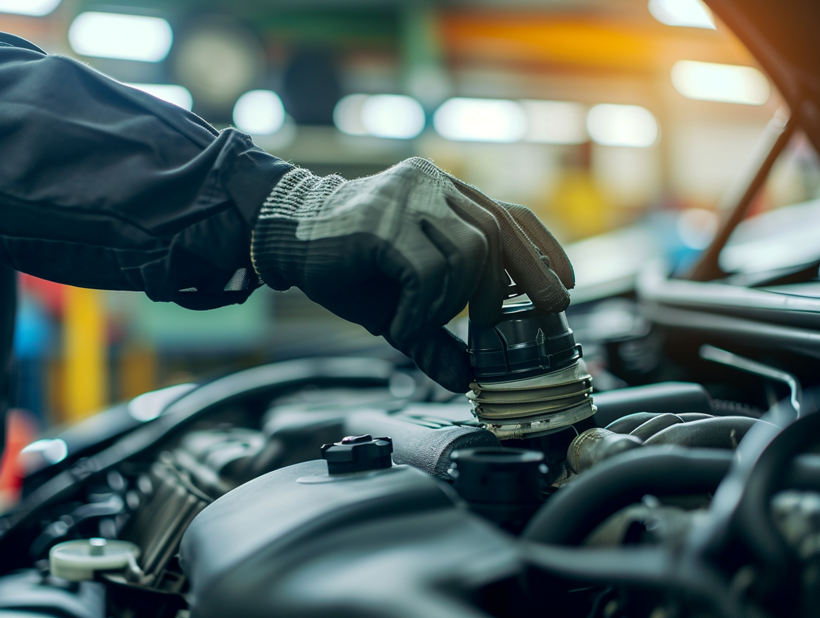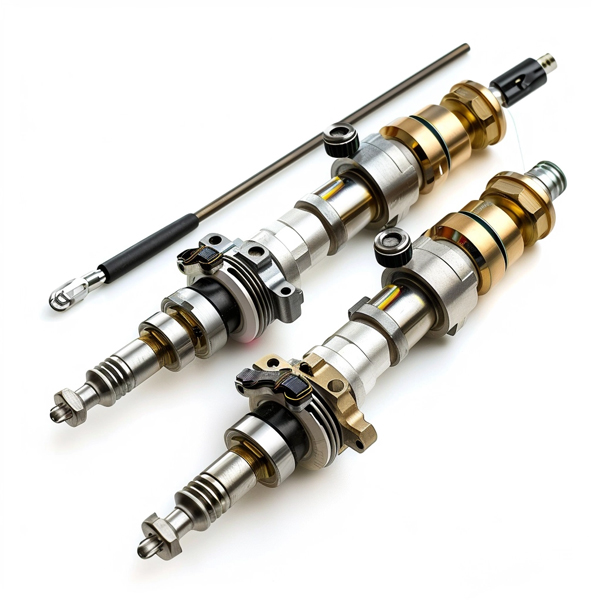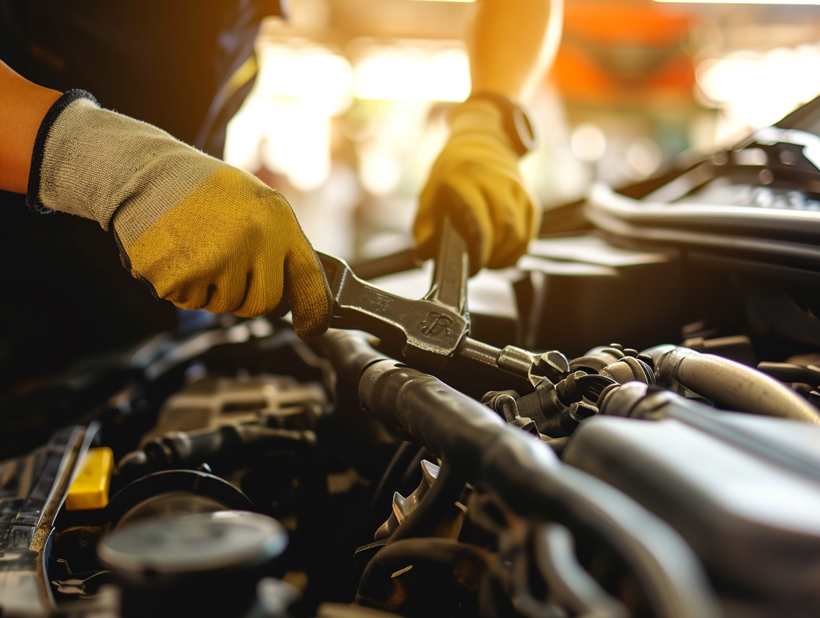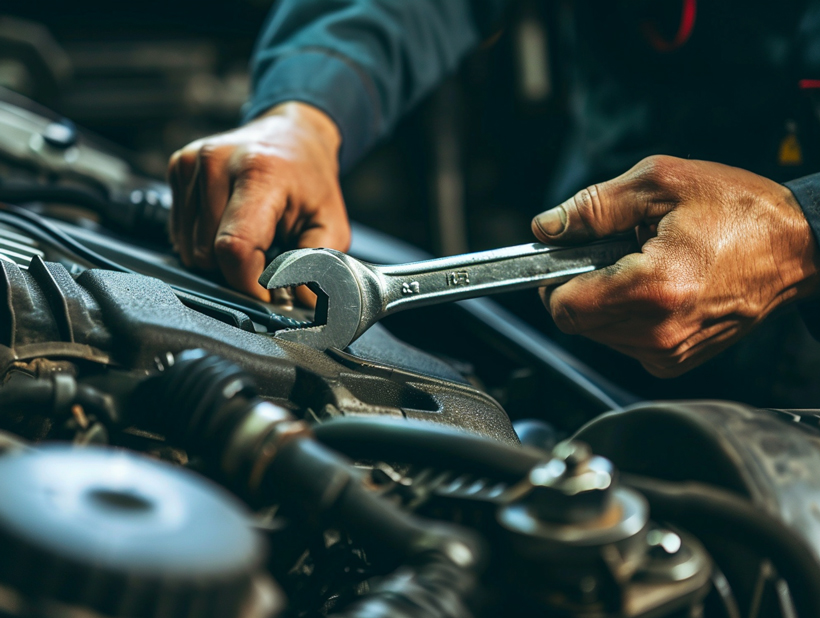Experiencing a car that stalls at idle can be both frustrating and puzzling. I’ve been there, stuck at a red light, when suddenly my car shudders and the engine cuts out. It’s a problem that can catch even the most seasoned drivers off guard.
Understanding why a car stalls at idle is key to preventing future occurrences. I’ll walk you through the common culprits, from fuel issues to faulty sensors, so you can get a handle on what’s happening under the hood.
Stalling can be a sign of a simple fix or a hint at a more serious issue. That’s why it’s crucial to troubleshoot effectively. Stick with me, and I’ll show you how to diagnose and address engine stalling, so you can keep your car running smoothly and avoid those unexpected stops.
Common Causes of Car Stalling at Idle
When I’m greeted with the unsettling surprise of my car stalling at idle, I understand there are several potential culprits to consider. Pinpointing the exact cause can save time and money, and it helps to be aware of the usual suspects.
Dirty or Faulty Components
A common issue that might cause a car to stall includes the accumulation of dirt on essential components:
- Idle Air Control Valve (IACV): This valve manages the engine’s idle speed. If it’s dirty or failing, it could disrupt the idle speed and cause stalling.
- Mass Airflow Sensor (MAF): The MAF measures the amount of air entering the engine. Dirt or malfunction can lead to incorrect air-fuel mix, causing the engine to stall.

Fuel System Problems
Disturbances in the fuel supply can also be the root of idling problems:
- Clogged Fuel Injectors: Over time, injectors can get clogged and block fuel delivery.
- Malfunctioning Fuel Pump: A failing fuel pump might not supply enough fuel to the engine, leading to stalling.
Ignition System Issues
The ignition system is also a critical area to inspect:
- Spark plugs and wires need to be in good condition. Worn or damaged ones can cause misfires and stalling.
Sensors and Computers
Today’s cars are equipped with a variety of sensors and a central computer known as the Engine Control Unit (ECU). A faulty sensor or ECU glitch can result in stalling:
- Throttle Position Sensor (TPS) and Engine Coolant Temperature Sensor (ECT): These provide data to the ECU, and inaccurate readings can cause stalling.
Vacuum Leaks
Vacuum leaks can upset the air-fuel balance by allowing too much air into the system:
- Typically, this is due to worn or disconnected hoses.
Understanding these common causes helps in assessing the situation more efficiently. Regular maintenance can prevent these issues, but if stalling does occur, a methodical approach to troubleshooting can get me back on the road with minimal disruption. I keep a keen eye on my car’s behavior and make note of any irregularities that could indicate a stalling issue brewing under the hood.
Fuel Issues and Engine Stalling
When I delve into the nuances of engine stalling, it’s essential to address fuel-related problems that could be lurking beneath the surface. These issues might not be immediately obvious, but they can cause significant disruptions in engine performance.
Clogged Fuel Injectors can impede the flow of fuel to the engine causing irregularities in the vehicle’s idling speed and, ultimately, stalling. Over time, injectors can become obstructed due to a buildup of fuel varnish deposits and foreign debris. Regular fuel system cleaning can mitigate this issue by ensuring a consistent fuel spray pattern.

Fuel Pressure is another critical factor in the proper functioning of an engine. If the fuel pump or the fuel pressure regulator is failing, it means the fuel isn’t being pushed through the lines with the required pressure. This can manifest as a sputtering engine at idle and can lead to stalling. Conducting a fuel pressure test can confirm if there’s an issue with these components.
Contaminated Fuel doesn’t only affect the fuel system’s components but also the engine’s overall performance. Water, dirt, and other contaminants in the fuel cause inconsistent combustion, which may result in your car stalling during idle. Regularly replacing fuel filters is a preventative measure that should not be overlooked.
To illustrate the impact of these factors, here’s a breakdown of common fuel-related stalling issues and their potential symptoms:
| Stalling Issue | Possible Symptom |
|---|---|
| Clogged Fuel Injectors | Irregular engine idling |
| Low Fuel Pressure | Engine sputtering |
| Contaminated Fuel | Inconsistent engine performance |
Understanding these fuel-related issues is key to identifying the root cause of an engine stalling at idle. Maintenance and timely replacement of fuel system components are paramount to keeping your car running smoothly. If I suspect a fuel system problem, I check my car’s maintenance history and consider scheduling a professional inspection.
Faulty Sensors and Engine Stalling
When I’m troubleshooting engine stalling issues, I never overlook the role of sensors. Today’s vehicles are equipped with an array of sensors that play critical roles in engine management. Faulty sensors can send incorrect data to the car’s computer system, causing it to make adjustments that may lead to stalling. Here are a few key offenders:
Mass Air Flow Sensor (MAF):
- Measures the amount of air entering the engine.
- A faulty MAF can cause an incorrect air-to-fuel ratio.
- Symptoms include hard starts, rough idling, and stalling.

Throttle Position Sensor (TPS):
- Monitors the position of the throttle valve.
- If defective, it can result in erratic throttle response.
- Signs are engine hesitation, stalling, and fluctuating idle speeds.
Engine Coolant Temperature Sensor (ECT):
- Provides temperature data to manage fuel mixture.
- A malfunctioning ECT sensor may lead to an improper air-to-fuel mix.
- Indicators include stalling after the engine warms up or during cold starts.
To ensure accurate diagnosis, I always recommend a professional diagnostic scan. Advanced tools can pinpoint which sensor may be causing an issue, allowing for targeted repairs. Additionally, keeping up with regular maintenance checks can often prevent sensor problems before they result in stalling.
Diagnosing and Replacing Faulty Sensors:
- Use an OBD-II scanner for error codes.
- Inspect wiring and connectors for damage.
- Test sensors’ functionality with a multimeter.
Sensor failures can be deceptively simple to resolve, yet profoundly affect engine performance. For instance, a DIY enthusiast might clean or replace a MAF sensor at home, which could resolve stalling issues. However, it’s important to consult repair manuals or a trusted mechanic, as improperly handled sensors could lead to further complications.
It’s also worth mentioning that some sensor issues might be intermittent, making them harder to diagnose. But with a keen eye on symptoms and diagnostic tools, these elusive problems can be tackled effectively. Remember, a stalling engine doesn’t just signal inconvenience; it could also be a precursor to more significant mechanical failures.
Troubleshooting Engine Stalling
When I’m faced with a stalling engine, I start troubleshooting with a methodical approach. Ignition system flaws are among the first areas I examine. These can be elusive culprits, often requiring a keen eye and a patient hand. Here’s what I usually check:
- Spark plugs: Their condition can tell me a lot about the engine’s health. Worn out or dirty spark plugs might just be the reason for the stalling.
- Ignition wires: These need to have a strong connection. Any cracks or wear can lead to intermittent stalling.
After the ignition system checks, I delve into the airflow and exhaust systems. A clog or disruption in these areas could choke the engine of air or create excessive backpressure:
- Air filter: A dirty filter restricts airflow to the engine, like trying to breathe through a cloth.
- Exhaust system: I look for any obstruction or damage which can cause an imbalance in the exhaust flow.
Another area I investigate is the engine’s idle control valve. This component regulates the engine’s idle speed by controlling the amount of air entering the engine. If it’s faulty or dirty it can’t maintain the right idle speed, leading to stalling.

I also pay attention to the fuel system:
- Fuel pump: A malfunctioning pump can’t deliver the right amount of fuel to the engine.
- Fuel filter: Like the air filter, if it’s clogged, the engine won’t get the fuel it needs.
Finally, the electrical system should not be overlooked:
- Battery and alternator: If my car’s battery is dying or the alternator isn’t charging properly, the electrical supply to the engine might be affected, leading to poor performance or stalling.
I’ve learned that systematic diagnosis is essential, and sometimes it requires professional equipment and expertise. I trust my mechanic to handle the more complex issues and use advanced diagnostic tools that can detect problems beyond my garage’s capabilities. Maintaining open communication with a trusted professional makes the troubleshooting process far more effective. They’ve got the know-how and the equipment to test, analyze and fix issues that are often not just about the parts but about the intricacies of how those parts interact within the complex ecosystem of my car’s engine.
How to Diagnose Engine Stalling
When I’m faced with diagnosing an engine that stalls at idle, there’s a methodical approach I follow to pinpoint the root cause. This process ensures I check every potential culprit, and the first step is typically the easiest: listening to the engine. Here’s how I break it down:
- Idle Sound Check: Upon starting the vehicle, I pay close attention to the engine’s sound. Any irregular sputtering or chugging can clue me into combustion issues.
- Visual Inspection: I pop the hood and do a thorough visual check for any obvious signs of wear, disconnected hoses or wires, and damaged components.
- On-Board Diagnostics (OBD) Scan: These days, most vehicles come equipped with an OBD system. By using a scanner, I can quickly access any error codes that may be stored in the vehicle’s computer, which can significantly narrow down the potential issues.

Next, I delve into specific systems that commonly cause stalling:
Checking Sensor and Valve Functions
Faulty sensors or malfunctioning valves can throw an engine’s performance into disarray. Here are the key components I scrutinize:
- Mass Airflow Sensor (MAF): Ensures the engine receives the correct air-to-fuel ratio.
- Throttle Position Sensor (TPS): Monitors the throttle’s position and tells the engine how much fuel it needs.
- Idle Air Control Valve (IACV): Regulates the amount of air entering the engine while idling.
Fuel System Assessment
The fuel system is critical to engine performance, so I examine it for:
- Fuel Pressure: I measure fuel pressure to ensure the pump and regulator are functioning properly.
- Fuel Quality: Bad fuel can lead to engine knock and stalling. Draining a sample can help identify water or contaminants.
Ignition System Evaluation
In the ignition system, I check:
- Distributor Cap and Rotor: These can wear out and disrupt the ignition sequence.
- Coil Pack: It‚Äôs responsible for converting the battery’s low voltage to the thousands of volts needed to spark the engine.
By breaking down the diagnosis into clear steps, I address each potential problem without overlooking key elements. Properly diagnosing an engine stall isn’t just about finding the issue‚Äîit’s about understanding how each part of the engine works together to keep your car running smoothly.
Conclusion
I’ve walked you through a practical approach to diagnosing why your car might stall at idle. Remember, it’s all about a step-by-step method, from a simple listen-and-look to a more advanced OBD scan. Tackling each potential issue, whether it’s a sensor, valve, fuel, or ignition system, can feel daunting, but it’s critical for your car’s health and your safety. Trust in the process and don’t hesitate to consult a professional if you’re unsure. With the right approach, you’ll have your engine purring smoothly at idle in no time.
